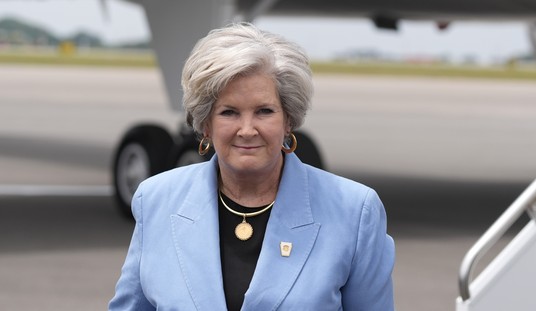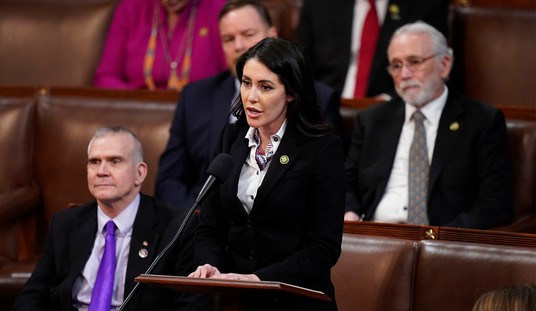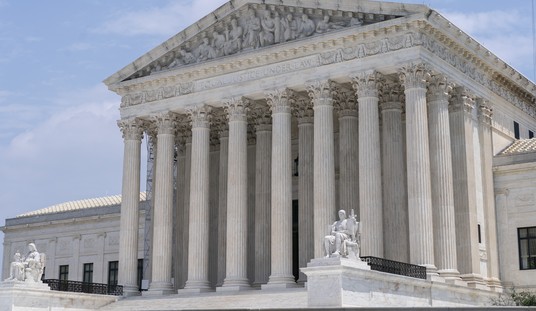
In this Monday, Feb. 25, 2013 photo, a clerk poses for a photo showing cash in the register at Vidler’s 5 & 10 store in East Aurora, N.Y. (AP Photo/David Duprey)
While economists were predicting a meager 190,000 in jobs growth this month, the economy had different plans.
Payrolls jumped up by 263,000, and the jobless rate it a 49-year low of 3.6 percent. The hourly earnings growth stayed at 3.2 percent.
The surprising robustness follows months of broad labor market strength. While the expansion is poised to become the nation’s longest on record at midyear, economists expect a deceleration this year even after a strong first quarter.
Revisions for February and March added 16,000 more jobs than previously reported, while the three-month average fell to 169,000.
It’s an overall good sign for the economy, and politically it bodes well for Trump, who has picked up nearly two dozen Democratic challengers ahead of his 2020 re-election bid. While many claim to be running on the virtue of providing more for the middle and lower class, the numbers from this report show that Trump may have the upper hand in that debate, too (emphasis mine).
Average hourly earnings rose 0.2 percent from the prior month after a revised 0.2 percent rise in the prior period. Wages for production and nonsupervisory workers accelerated to a 3.4 percent annual pace, signaling gains for lower-paid employees.
The job creation appears to be coming in the form of construction and health care, while retail jobs actually fell.
The payroll gains were somewhat uneven, with construction, health care, and professional and business services posting gains while retail employment fell by 12,000 for a third- straight decline.
Construction payrolls climbed by 33,000, the most since January, as manufacturing employment rose by 4,000. Factory employment was unchanged in the prior month after a previously reported drop.
But there is one warning for President Trump, who has been calling on the Federal Reserve to lower interest rates:
While the historically tight labor market has pushed companies to raise pay, inflation appears largely subdued, as the fatter paychecks don’t show any sign of fueling faster price gains.
At the same time, the average workweek got slightly shorter, boosting average hourly pay. The average for all private employees decreased to 34.4 hours, from 34.5 hours.
Raising the rates is a sign that the economy is strong. Lowering them shows economic weakness. The Fed knows this, so they’ve resisted his call to drop rates. However, with two nominees for the Fed withdrawing their names, Trump may now be looking for someone more in line with his train of thought on rates. Even if it risks the inflation that this report says is dissipating.
Pessimism in the marketplace appears to have vanished, and there are plenty of reasons to be hopeful about the American economy.














Join the conversation as a VIP Member